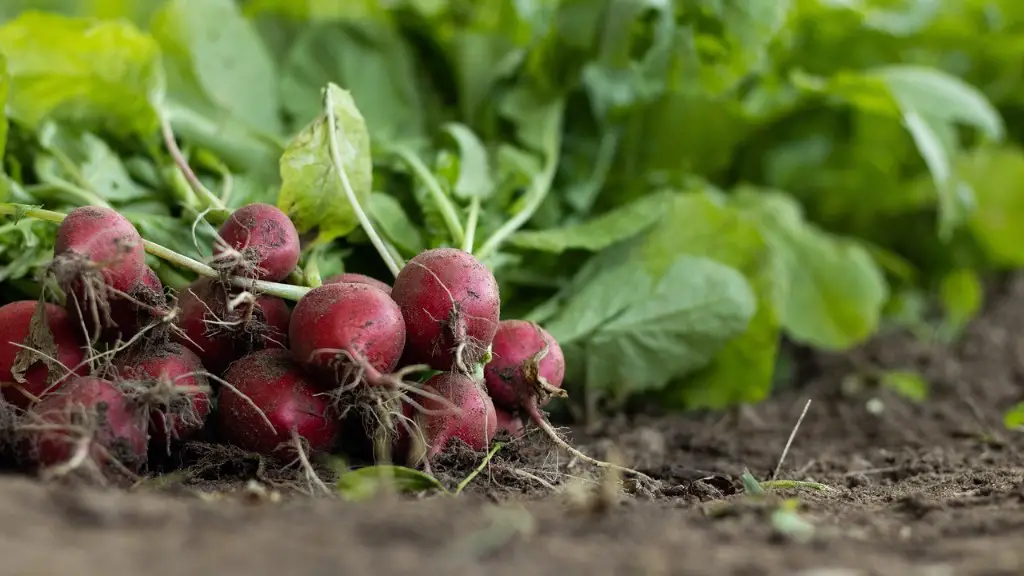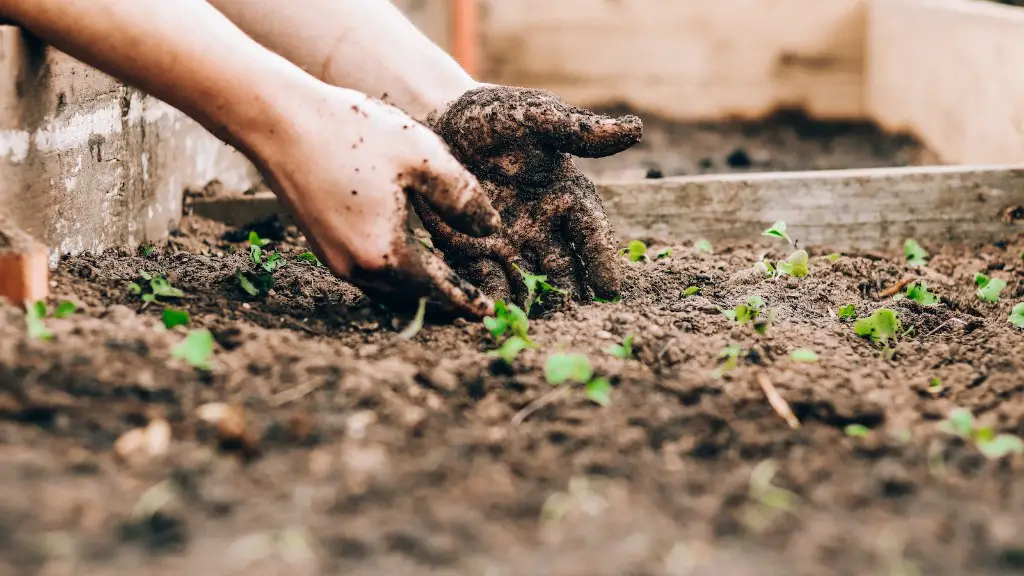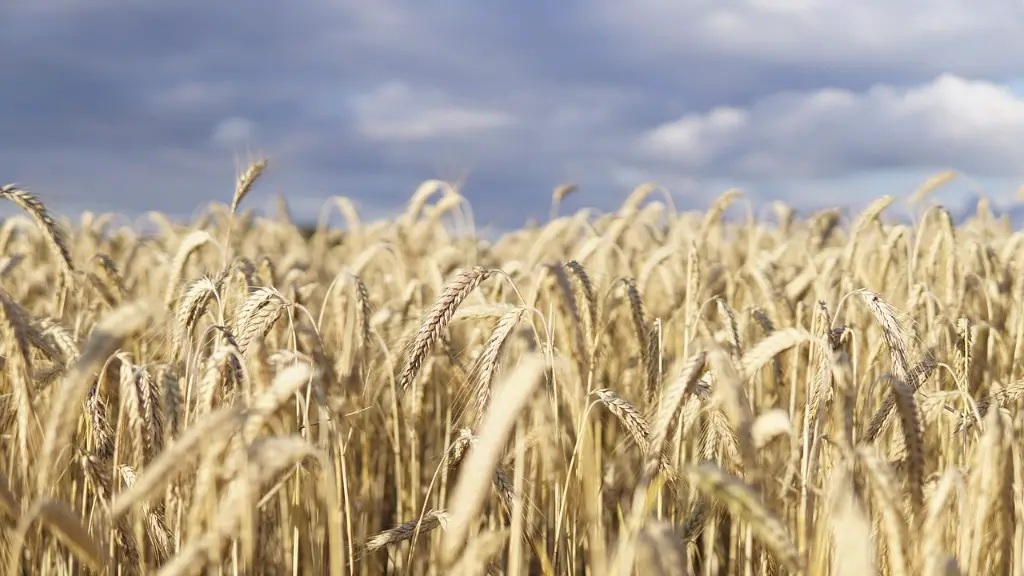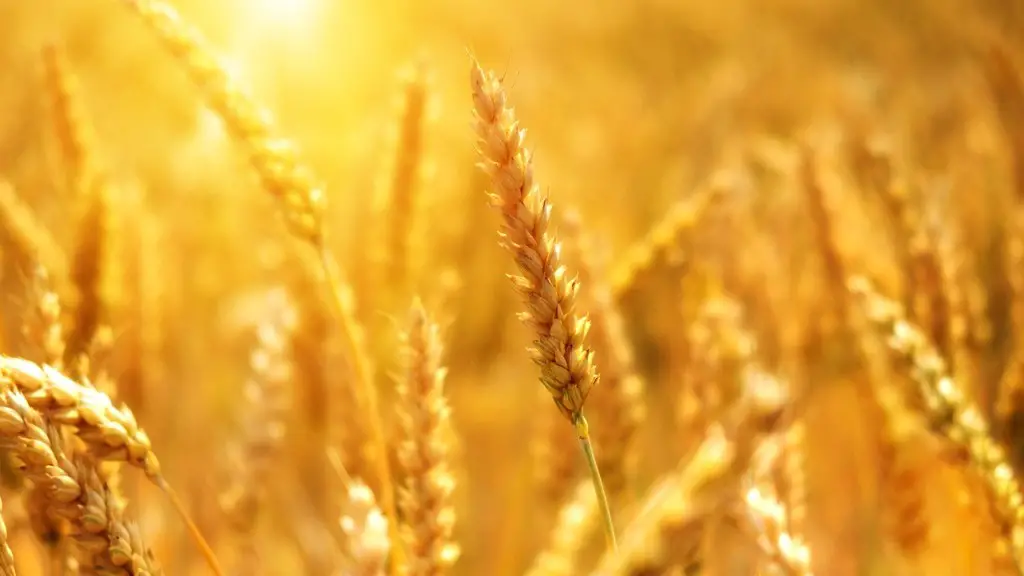Using tractors in agriculture is essential for the efficient production of crops. Tractors help farmers increase their productivity, reduce labor costs, and better manage their farms. Tractors provide a number of advantages to farmers, from aerating soil to planting and harvesting crops. Tractors can also be used for crop spraying and transport, as well as for ploughing and harrowing for preparing fields for planting crops. There are several types of tractors available, from small and light-duty models to heavy-duty models for larger, more specialized farming activities.
One of the main uses of tractors in agriculture is for soil preparation. Tractors are used to loosen and aerate the soil, prepare beds for planting and help with tillage operations such as ploughing and harrowing. Tractors can also be used to transport large loads of fertilizers, seeds and other farming materials. Additionally, tractors are used to haul small to large amounts of farming supplies and equipment, such as combines and balers.
Tractors are also used for crop cultivation. Tractors can perform various tractor-mounted implements such as disc harrows, cultivators, rotary cultivators, rotary harrows and broadcast spreaders. These implements help prepare the land for planting, control weeds, and harvest crops such as wheat, corn, and soybeans.
Another use of tractors in agriculture is for crop spraying. Tractors are equipped with a wide range of chemical applicators and tanks that can accurately apply herbicides, pesticides and insecticides. This helps reduce the expense and labor involved in the traditional manual method of crop spraying. In addition, tractors can be used for transporting harvested crops, such as hay and feed.
Tractors are also essential for mowing large areas of grass and weeds. They provide a quick and efficient way to mow large areas, making it easier for farmers to manage overgrown grasses and weeds. Additionally, tractors can be used for rolling and packing the land for the prevention of soil erosion.
Finally, tractors can be used for tillage operations in the fields. Tillage is a process of digging and turning the soil to prepare it for planting. This helps reduce the amount of labor involved in preparing the soil for crops, and increases the yield of crop production. In addition, tractors can be used for pulling heavy loads, such as ploughs, harrows and rolls.
Soil Preparation
Tractors are essential for soil preparation, helping farmers loosen and aerate the soil, prepare beds for planting and perform tillage operations such as ploughing and harrowing. Tractors are also used to transport large loads of fertilizers, seeds and other farming materials. This helps farmers better manage their farms and reduces their labor costs by providing them with a machine that can assist in multiple different tasks.
Tractors are also used for grading the land, which is another soil-preparation task. This helps farmers ensure that their fields are level and ready for planting. Tractors equipped with a land leveller can be used for this purpose. Additionally, tractors are used for packing and rolling the soil for the prevention of erosion.
In addition, tractors can be used to lift and move heavy loads such as tilling machinery, fertilizers and seed. Tractors are typically used to pull large loads of materials, making it easier to move a large amount of weight than with manual labor.
Soil preparation is an integral part of farming and tractors can help farmers maximize productivity and efficiency. Through the use of tractors, farmers can reduce the amount of labor and cost that is associated with soil preparation and thus, increase their yield.
Crop Cultivation
Tractors are essential for crop cultivation, as they can perform a variety of tractor-mounted implements. These implements help prepare the land for planting, control weeds, and harvest crops such as wheat, corn, and soybeans. Tractor-mounted implements can include disc harrows, cultivators, rotary cultivators, rotary harrows and broadcast spreaders.
In addition, tractors can be used to dig drainage ditches, which helps to prevent flooding. These ditches help farmers trap excess water from rain and prevent fields from becoming waterlogged. Tractors are also used to inspect and survey farm land, check for soil fertility and help farmers better understand the land that they are working with.
Tractors can also be used for planting and sowing, as they can tow seed drills. This allows farmers to sow large amounts of seed at once instead of manually sowing each seed by hand. Additionally, tractors can be used to help with harvesting crops, as they are equipped with harvesting tools such as threshers, harvesters and balers.
By using tractors for crop cultivation activities, farmers can increase the efficiency of their farming. Tractors help farmers better manage their farms, reduce the amount of labor costs associated with the tasks and help to maximize their yields.
Crop Spraying
Tractors can be used for crop spraying, which involves the application of herbicides, pesticides, and insecticides to crops and fields. This helps reduce the expense and labor associated with traditional manual spraying and allows farmers to more easily and accurately apply chemicals with fewer passes.
Tractors are typically equipped with various chemical applicators and tanks, as well as GPS and auto-steer systems to accurately apply the chemicals to the crops. Additionally, tractors can be used to transport agrochemicals to specific fields when needed. This helps to reduce the cost and time associated with manual labor.
Additionally, tractors can be used for fertilization. Tractors can tow fertilizer spreaders and apply the fertilizers accurately and quickly. This eliminates the need for manual labor and helps farmers better manage their soil fertility.
Crop spraying is an essential part of agriculture and tractors provide an efficient way to help farmers apply herbicides, pesticides, and insecticides. By using tractors for crop spraying, farmers can reduce the amount of time, labor and expense that is associated with the tasks.
Mowing and Packing
Tractors are also essential for mowing large areas of grass or weeds. They provide a quick and efficient way to mow large areas, and help farmers manage overgrown grasses and weeds. Additionally, tractors can be used to roll and pack the land, helping to prevent soil erosion.
Tractors are equipped with various attachments, such as brush mowers, flail mowers, flail shredders, rotary mowers and turf cutters. These attachments help farmers quickly mow large areas of grass or weeds, providing them with an easy and efficient way to maintain their fields.
In addition, tractors are used for packing and rolling the ground for the prevention of soil erosion. This helps prepare the land for planting and helps to decrease soil runoff during periods of rainfall. Tractors are also used for hauling large loads of hay and feed, which helps farmers transport their harvested crops with ease.
Mowing and packing are essential activities in agriculture and tractors provide a quick and efficient way to complete these tasks. Through the use of tractors, farmers can reduce the amount of labor and cost associated with the tasks and help to maximize the health of their farmland.
Tillage Operations
Tractors can also be used for tillage operations in the fields. Tillage is a process of digging and turning the soil to prepare it for planting. This helps reduce the amount of labor involved in preparing the soil for crops, and increases the yield of crop production.
Tillage operations involve the use of various implements, including ploughs, harrows, and rolls. Tractors are used to pull these implements, helping to reduce the amount of labor associated with the tasks. Additionally, tractors are used for loosening up the soil and preparing it for planting.
Tillage is an important part of farming, as it helps farmers prepare the land for planting and improves the condition of the soil. By using tractors for tillage operations, farmers can reduce the amount of labor involved in the process, improve soil health and increase crop yield.
Transport
Finally, tractors can be used for transporting large loads of farming supplies and equipment. This includes harvesting tools such as combines and balers, as well as fertilizers, agrochemicals and other supplies. Tractors are typically used to pull heavy loads, making it easier to move a large amount of weight than with manual labor.
Tractors are also used to transport harvested crops, such as hay and feed, to storage or processing facilities. Additionally, tractors can be used to transport equipment, tools and materials to remote fields that may be difficult to reach with traditional means.
Transport is an essential part of farming and tractors provide an efficient and cost-effective way to move heavy loads. By using tractors for transport, farmers can reduce the amount of labor associated with the tasks, as well as reduce their fuel costs.
Using tractors for agricultural activities is essential for modern-day farming. Tractors provide a number of advantages to farmers, from soil preparation to crop spraying and transport. Tractors help farmers increase their productivity, reduce labor costs and better manage their farms. Through the use of tractors, farmers can maximize their yields and better manage their farms.




